- Digitalization for sustainable agricultural development
- Smart irrigation system application: Revolution in agricultural production
- Supplementing credit policies to encourage organic and circular agriculture
- Belief in clean agriculture
One of the top tasks of the press is to raise awareness among officials and people about the meaning, goals and content of the National Target Program on New Rural Development (the Program). When the Program was first implemented, many people may not have clearly understood what the New Rural Development Program is, how to participate and what benefits they will receive. In that context, the press - through articles, reports, special topics... has widely disseminated the Party and State's policies and guidelines on New Rural Development in an easy-to-understand and accessible way to the people.
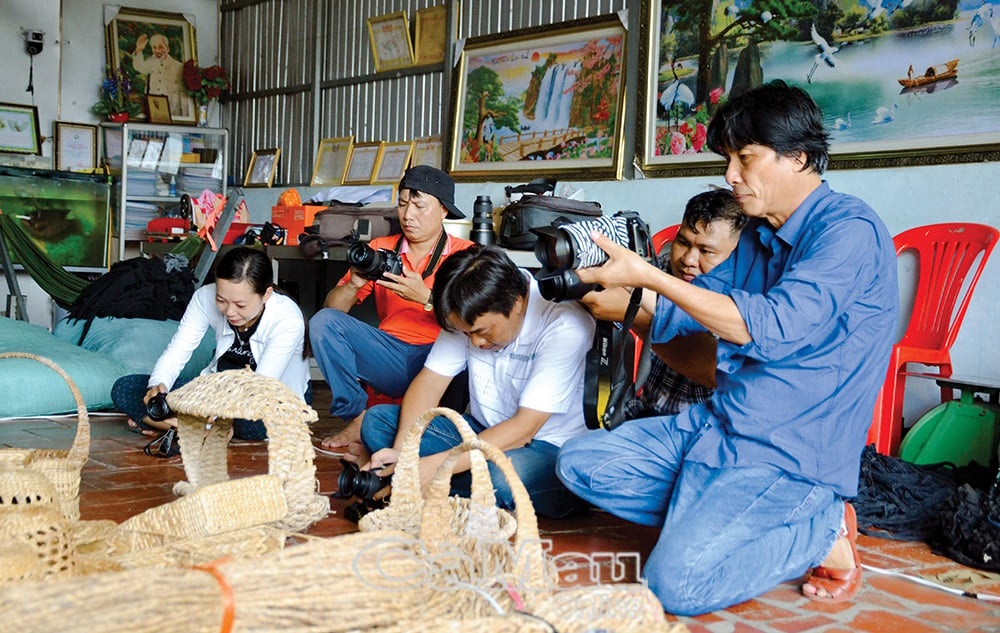
Mr. Phung Son Kiet, Deputy Head of the Provincial Rural Development Department, affirmed: “The press is an accurate and timely information channel on the Party and State's policies and guidelines on NTM. From legal regulations to implementation guidelines, the press helps people and local authorities grasp clearly and specifically, thereby effectively applying them in practice. Not only stopping at transmitting information, the press also has the mission of encouraging, inspiring and spreading success stories in NTM construction. Effective production models, typical advanced individuals in emulation movements to build NTM, study and follow Ho Chi Minh's ideology, morality and style... are all recognized and popularized by the press, creating motivation for other localities to learn and follow.”
According to Mr. Kiet, through propaganda work, people have realized that the NTM program is not a program of the State alone but of the community itself, owned and benefited by the community. From there, people have changed their mindset from passively waiting to actively participating, voluntarily contributing their efforts, intelligence and materials to build their homeland.
According to information from the Department of Agriculture and Environment, after nearly 15 years of implementing the Program, up to now, the whole province has 66/82 communes recognized as meeting NTM standards, of which 11 communes meet advanced NTM standards (Tan Dan, Tac Van, Ly Van Lam, Tan Thanh, Thanh Phu, Hung My, Tan An Tay, Tri Luc, Phu Thuan, Dinh Binh and Tam Giang) and 1 district-level unit has completed the task of building NTM ( Ca Mau City). There are 16 communes that have not been recognized, of which 1 commune meets 19 criteria, 3 communes meet 15-18 criteria, 11 communes meet 10-14 criteria and 1 commune meets 8-9 criteria.
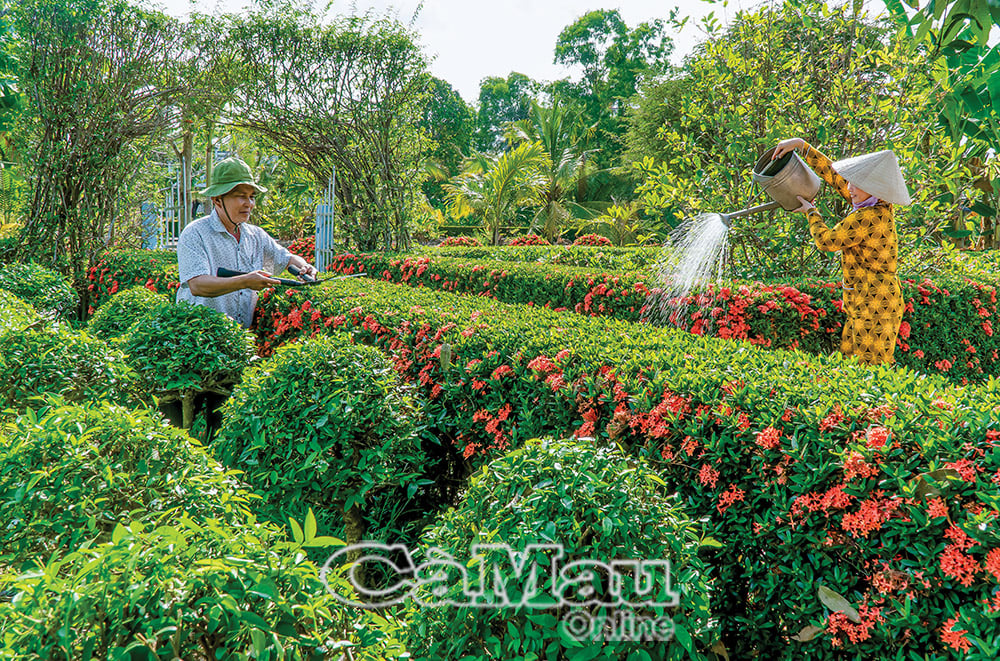
Regarding the implementation of the new rural district, the results so far have reached 35 criteria, an average of 4.4 criteria/district, including: Phu Tan reaching 3 criteria, Thoi Binh reaching 5 criteria, U Minh reaching 4 criteria, Cai Nuoc reaching 4 criteria, Tran Van Thoi reaching 7 criteria, Nam Can reaching 4 criteria, Ngoc Hien reaching 5 criteria, Dam Doi reaching 3 criteria.
Mr. Nguyen Thanh Ril, Vice Chairman of the People's Committee of Nguyen Phich Commune (U Minh District), commented: “The press plays the role of a "knowledge bridge" in disseminating good practices and effective models in building new rural areas. From stories about localities overcoming difficulties to meet new rural standards, to models of high-tech agricultural production, rural tourism development, or typical examples of individuals pioneering in renovating mixed gardens, maintaining environmental sanitation... all are promptly reported by the press. This information is not only encouraging but also provides practical experiences for other localities to learn from and apply appropriately to local conditions. This is the most vivid and effective way to convey knowledge, contributing to accelerating the progress of building new rural areas in the province."
According to Mr. Ril, in addition to propaganda and encouragement, the press also performs the function of social supervision and criticism. Journalists have delved into reality, discovered difficulties, obstacles, limitations and shortcomings in the process of implementing the construction of the new rural areas. These could be shortcomings in policy mechanisms, waste of resources, or negative manifestations and lack of transparency. At the same time, the press also has the ability to connect hearts, arouse the strength of the community in joining hands to build the new rural areas. Many articles have told about children far from home returning to contribute to building their hometowns, businesses joining hands to invest in agriculture and rural areas, or charitable organizations supporting the poor...
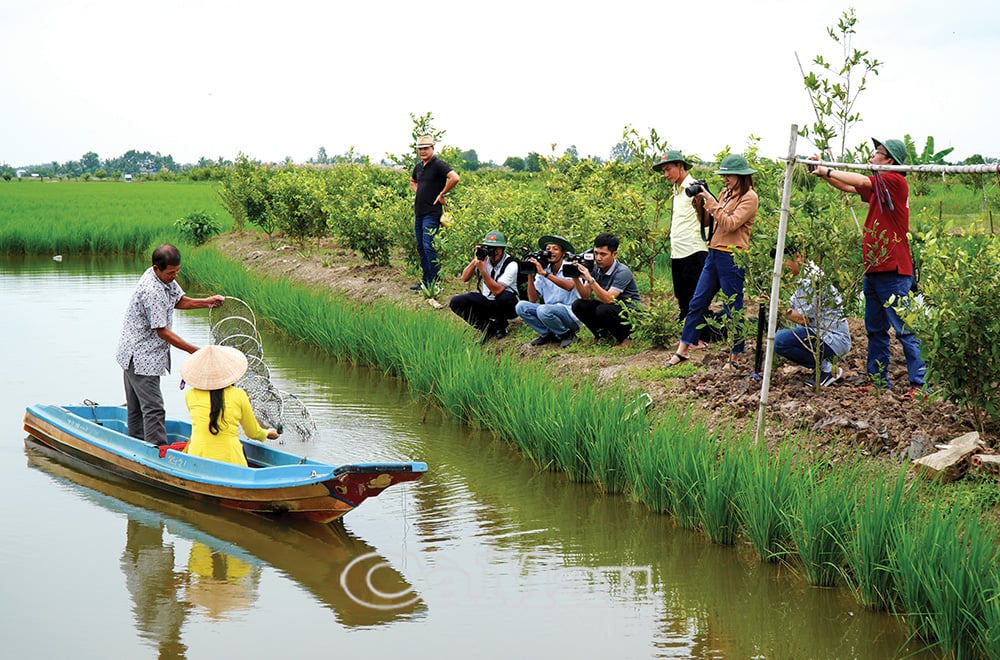
These stories not only touch people's hearts but also inspire and create a large movement, attracting the participation of the whole society in the construction of the new rural areas. This is the key factor in creating the sustainability and success of the Program.
In the context of the country's efforts to realize the goal of "ecological agriculture, modern countryside, civilized farmers", the role of the press will be increasingly promoted and promoted more strongly. The role of the press continues to be a reliable "companion" of the people and the government in the journey of building new rural areas, contributing to creating livable, prosperous and sustainably developed rural areas./.
Central Peak
Source: https://baocamau.vn/dong-hanh-cung-nong-thon-a39744.html


![[Photo] The 1st Congress of Phu Tho Provincial Party Committee, term 2025-2030](https://vphoto.vietnam.vn/thumb/1200x675/vietnam/resource/IMAGE/2025/9/30/1507da06216649bba8a1ce6251816820)


![[Photo] General Secretary To Lam receives US Ambassador to Vietnam Marc Knapper](https://vphoto.vietnam.vn/thumb/1200x675/vietnam/resource/IMAGE/2025/9/29/c8fd0761aa184da7814aee57d87c49b3)
![[Photo] General Secretary To Lam, Secretary of the Central Military Commission attends the 12th Party Congress of the Army](https://vphoto.vietnam.vn/thumb/1200x675/vietnam/resource/IMAGE/2025/9/30/9b63aaa37ddb472ead84e3870a8ae825)
![[Photo] Solemn opening of the 12th Military Party Congress for the 2025-2030 term](https://vphoto.vietnam.vn/thumb/1200x675/vietnam/resource/IMAGE/2025/9/30/2cd383b3130d41a1a4b5ace0d5eb989d)


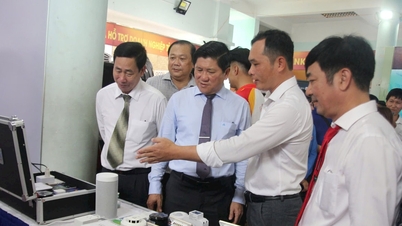

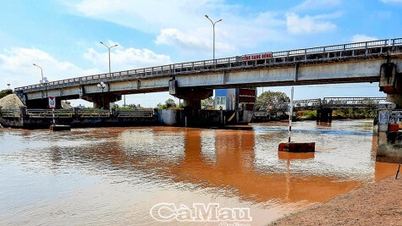
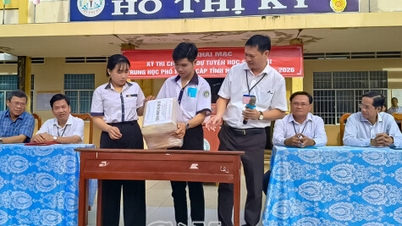
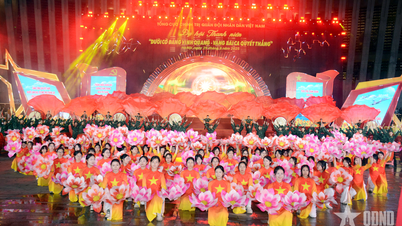



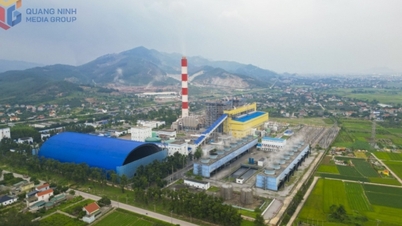

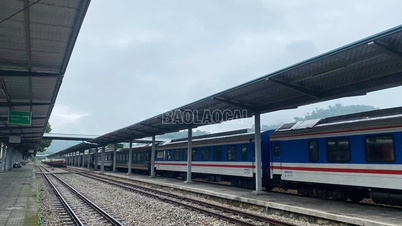



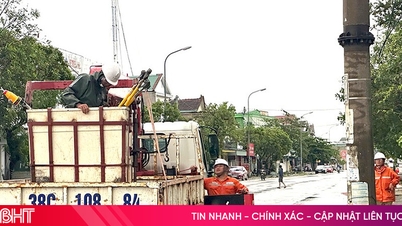










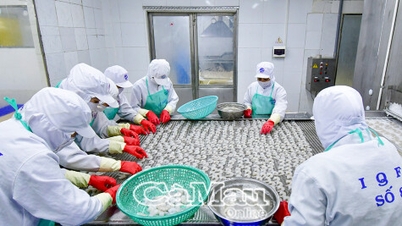
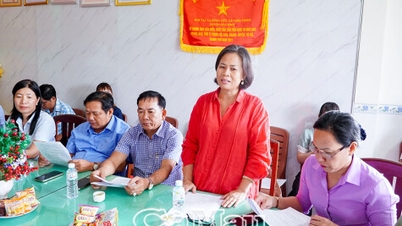
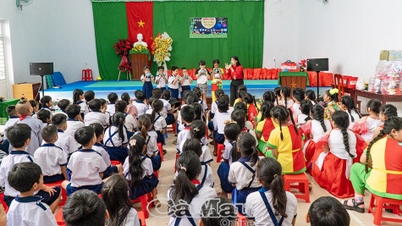
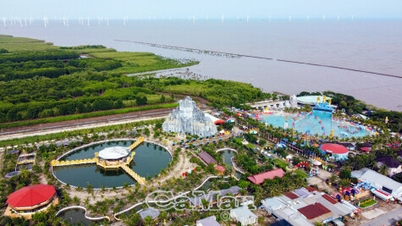
![[Photo] General Secretary To Lam attends the ceremony to celebrate the 80th anniversary of the post and telecommunications sector and the 66th anniversary of the science and technology sector.](https://vphoto.vietnam.vn/thumb/1200x675/vietnam/resource/IMAGE/2025/9/29/8e86b39b8fe44121a2b14a031f4cef46)




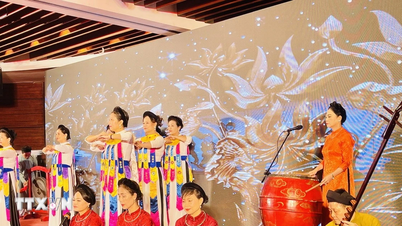




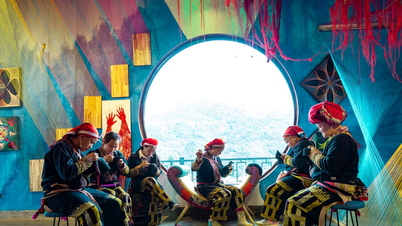
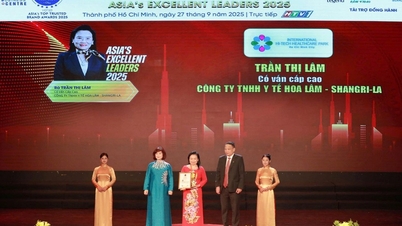

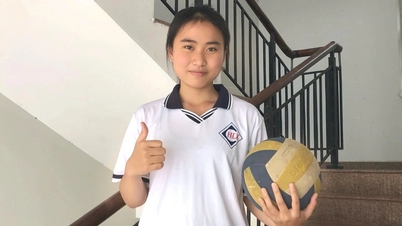

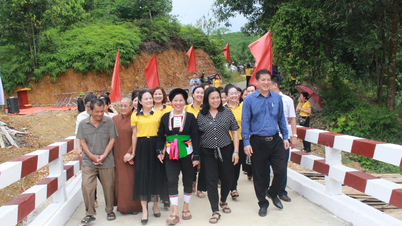


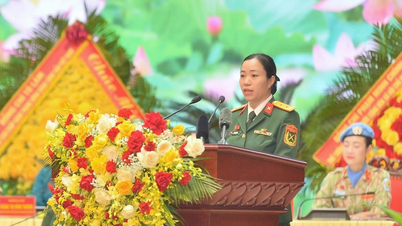



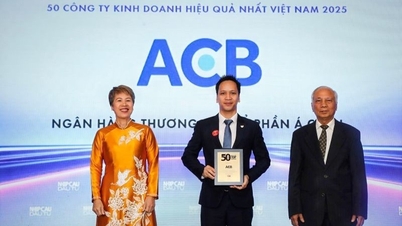


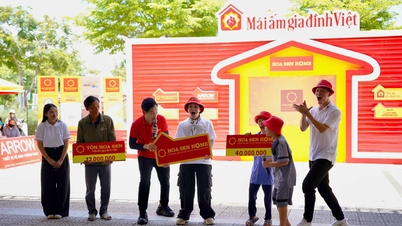






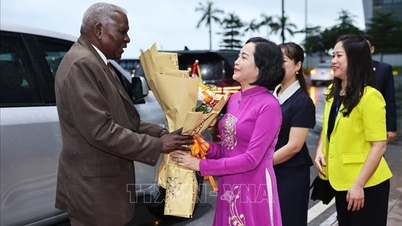

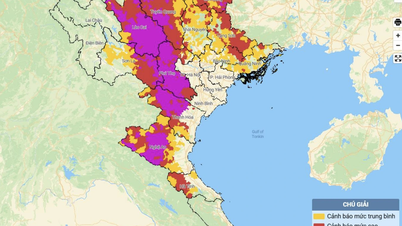





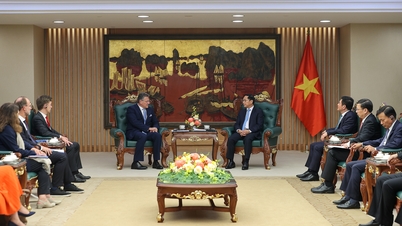
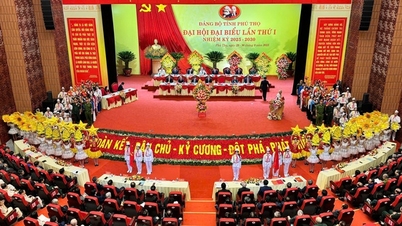
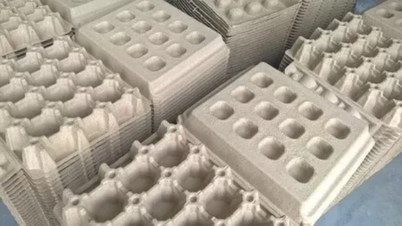
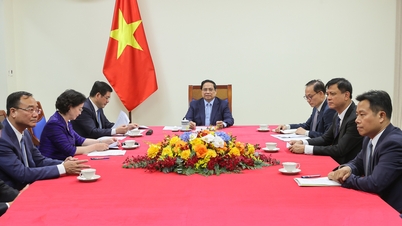


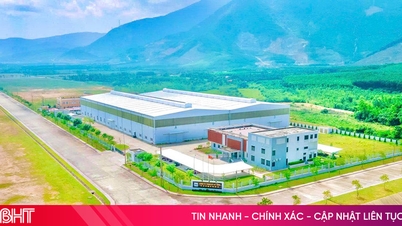
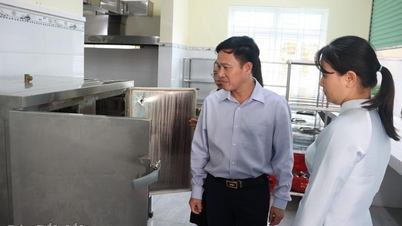



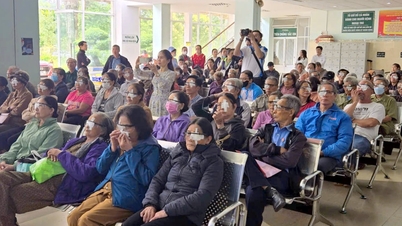
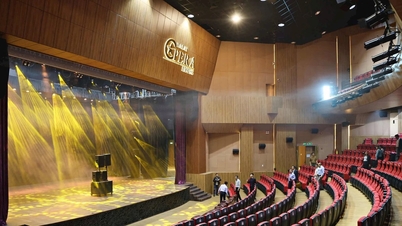












Comment (0)